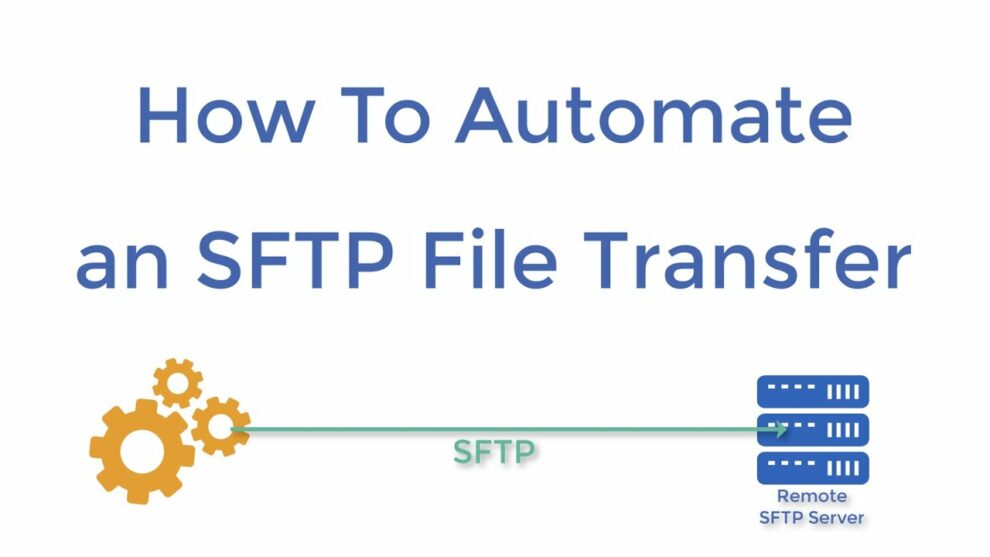In today’s fast-paced digital environment, the efficiency and security of file transfers are paramount for businesses across all sectors. As organizations grapple with increasingly complex workflows and larger volumes of data, the need for streamlined processes becomes more acute. Secure File Transfer Protocol (SFTP) stands out as a solution, offering a reliable method for transferring files securely over a network. However, to truly harness the potential of SFTP and enhance operational efficiency, automation is key. Automating SFTP processes can transform how organizations handle file transfers, reducing manual effort, minimizing errors, and speeding up workflows.
SFTP automation involves using software tools to manage the transfer of files without human intervention. This automation can be particularly beneficial in environments where files need to be moved between different systems, servers, or locations at regular intervals. By automating these tasks, businesses can ensure that file transfers happen smoothly and reliably, following predefined schedules or triggers, thereby enhancing productivity and operational efficiency.
One of the first steps in implementing SFTP automation is selecting a secure file transfer client that supports automation capabilities. This client acts as the bridge between your local system and the remote server, ensuring that files are encrypted and securely transferred over the SFTP protocol. With the right client in place, businesses can configure automated workflows that suit their specific needs, whether it’s synchronizing data across systems, backing up critical files, or distributing content to partners and customers.
Automating SFTP transfers requires careful planning and setup. Organizations need to define the rules and conditions under which file transfers will occur, such as time-based schedules or event triggers. For example, a workflow could be configured to automatically upload daily sales reports to a central server at the end of each business day, or to download updated inventory data from a supplier’s system upon receipt of a notification email.
Beyond simple file transfers, SFTP automation can also involve more complex processes, such as file encryption and decryption, compression and decompression, and the execution of custom scripts before or after the transfer. This flexibility allows businesses to tailor the automation process to their unique operational requirements, ensuring that file transfers not only happen securely but also align with the organization’s data processing needs.
Moreover, SFTP automation offers significant advantages in terms of compliance and auditability. Automated processes can be designed to maintain comprehensive logs of all file transfer activities, including details about the files transferred, the parties involved, and the transfer outcomes. This documentation is invaluable for meeting regulatory requirements and for troubleshooting issues should they arise.
In conclusion, SFTP automation represents a powerful tool for businesses looking to streamline their file transfer processes within complex workflows. By automating routine file transfers, organizations can free up valuable resources, reduce the risk of human error, and ensure that critical data is moved quickly and securely. The key to success lies in selecting a robust secure file transfer client that supports automation, and in carefully configuring workflows to meet the specific needs of the business. With these elements in place, SFTP automation can significantly enhance operational efficiency, bolster security, and support compliance efforts, providing a solid foundation for digital business operations.













